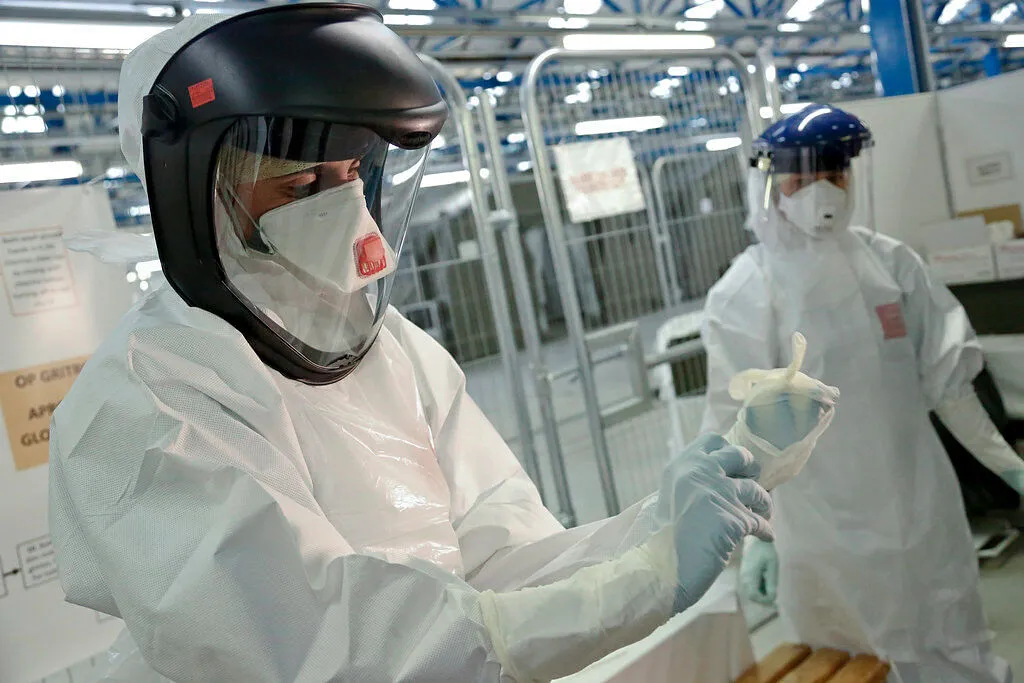China on Tuesday dismissed as “incredibly ridiculous” a Harvard study, which pointed to a surge in traffic outside Wuhan hospitals from August 2019 suggesting that the coronavirus hit the area far earlier than reported.
A whitepaper on coronavirus released by China on Sunday said the virus was first noticed on December 17 and Chinese virologists confirmed human-to-human transmission on January 19, prompting authorities to impose lockdown of Wuhan from January 23.
US President Donald Trump and leaders of several countries have accused China of not being transparent in reporting the deadly disease, leading to huge human casualties and economic crisis across the world.
The new study by Harvard researchers says satellite images show an increase in traffic outside five hospitals in Wuhan from late August to December.
The traffic spike coincided with a rise in online searches for information on symptoms like “cough” and “diarrhoea”.
China said the study was “ridiculous” and based on “superficial” information, BBC reported.
It is believed that the virus first appeared in China some time in November. Authorities reported a cluster of pneumonia cases with an unknown cause to the World Health Organization (WHO) on December 31.
“Clearly, there was some level of social disruption taking place well before what was previously identified as the start of the novel coronavirus pandemic,” Dr John Brownstein, who led the research, told ABC news.
The study has not been peer-reviewed.
The researchers examined commercial satellite data from outside five Wuhan hospitals, comparing data from late summer and autumn 2018 to the same time period in 2019.
In one case, researchers counted 171 cars parked at one of Wuhan’s largest hospitals, Tianyou Hospital, in October 2018.
Satellite data from the same time in 2019 showed 285 vehicles in the same place, an increase of 67 per cent.
A surge in online searches for words associated with the symptoms of coronavirus on the Chinese search engine Baidu seemed to emerge at the same time.
“This is all about a growing body of information pointing to something taking place in Wuhan at the time,” Dr Brownstein said.
Asked for her reaction at the media briefing, Chinese Foreign Ministry spokeswoman Hua Chunying dismissed the findings as “incredibly ridiculous”.
“I think it is ridiculous, incredibly ridiculous, to come up with this conclusion based on superficial observations such as traffic volume,” she said.
“(I have) Not seen the research you mentioned. If the conclusion is drawn based on traffic volumes (and) other superficial observations, it won’t be a sound conclusion,” she said and referred to the allegations about the COVID-19 originating from the Wuhan Institute of Virology (WIV) by Trump.
“That allegation was proved to be wrong,” she said.






